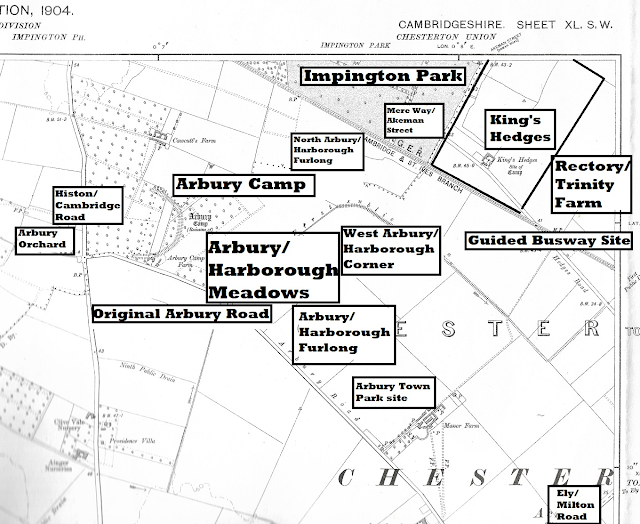Arbury Archaeology & History Part 2: Roman Villa Discovered In North Arbury Field - And Much More...
Archaeologists had an immensely exciting find in a North Arbury barley field in the late 1960s. The field, previously part of the old Manor Farm and, before that, the Arbury/Harborough Meadows, Furlongs and Corner, was awaiting development, including King's Hedges School - which actually isn't in the historic King's Hedges area, a fifty-eight acre farm, at all.
A Roman villa was discovered - apparently ten-roomed, and boasting an underfloor heating system!
But more was to come: further digs revealed other phases of occupation, dating back, it was thought, to the early Iron Age.
The North Arbury barley field discoveries prompted the name of the road - Northfield Avenue.
Below is the 1969 Cambridge News article reporting on the finds in its entirety - it makes fascinating reading. Click on image, then right click, then click on 'open image in new tab' for a readable view, and download if required.Below: is the course of Arbury Road based on an ancient iron age track? Habitations in the historic Arbury district, of course, pre-date the origins of Chesterton (which seems an odd thought!).
More Arbury Archaeology and history soon as we examine the reports of archaeologists from Arbury Camp in 1970.







Comments
Post a Comment